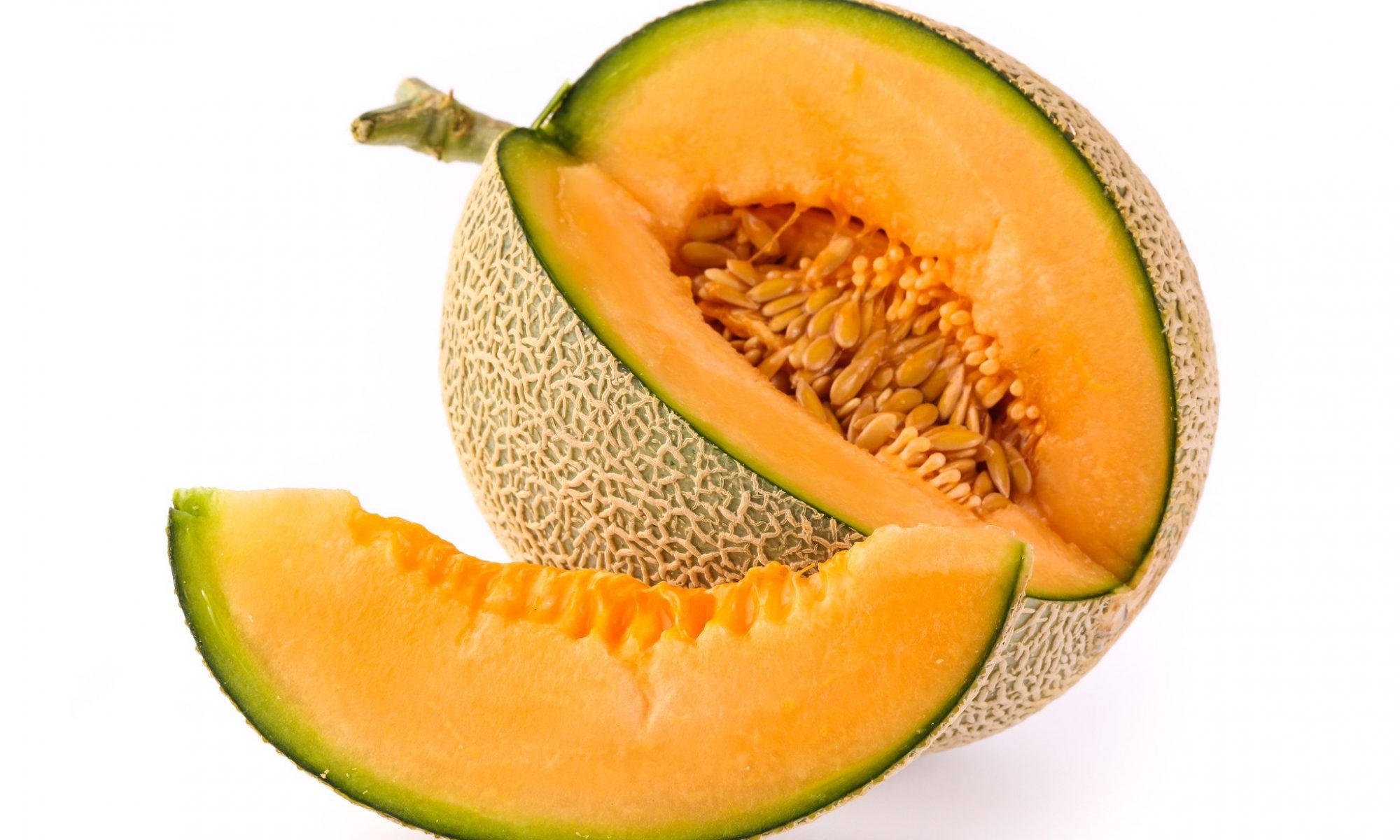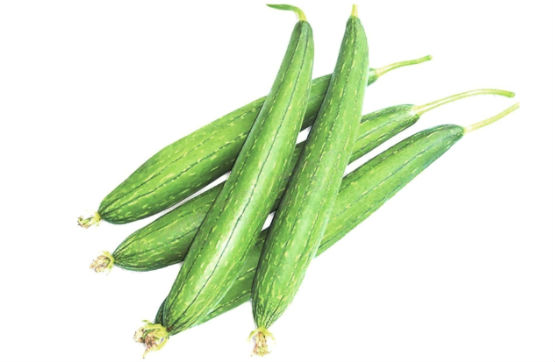Important Practices for Increase Yield of Watermelon:-
- Mulching with black plastic will serve multiple purposes: it will warm the soil, hinder weed growth, and keep developing fruits clean.
- Watering is very important—from planting until fruit begins to form. While melon plants are growing, blooming, and setting fruit, they need 1 to 2 inches of water per week.
- Keep soil moist, but not waterlogged. Water at the vine’s base in the morning, and try to avoid wetting the leaves and avoid overhead watering. Reduce watering once fruits are growing. Dry weather produces the sweetest melon.
- If you choose to fertilize (and many do), make sure it delivers more nitrogen than phosphorus and potassium. However, after flowering begins, use a fertilizer with less nitrogen. We like to use liquid seaweed.
- Pruning isn’t necessary, but vine productivity may be improved if you do not allow lateral (side) vines to grow and stick to the main vine. When the plant is young, just cut off the end buds as they form (before the side shoots become vines). You can also pinch off some blossoms to focus the energy on fewer melons (though it’s a challenge to kill off a potential fruit).
- Vines produce male and female flowers separately on the same plant. They often begin producing male flowers several weeks before the females appear. Do not be concerned if the male flowers fall off. The female flowers (which have a swollen bulb at the base) will stay on the vine and bear fruit.
- Blossoms require pollination to set fruit, so be kind to the bees!
- As fruit is ripening, prevent rotting by gently lifting it and putting cardboard or straw between the fruit and the soil.
Like and share with other farmers by clicking on button below
Share









